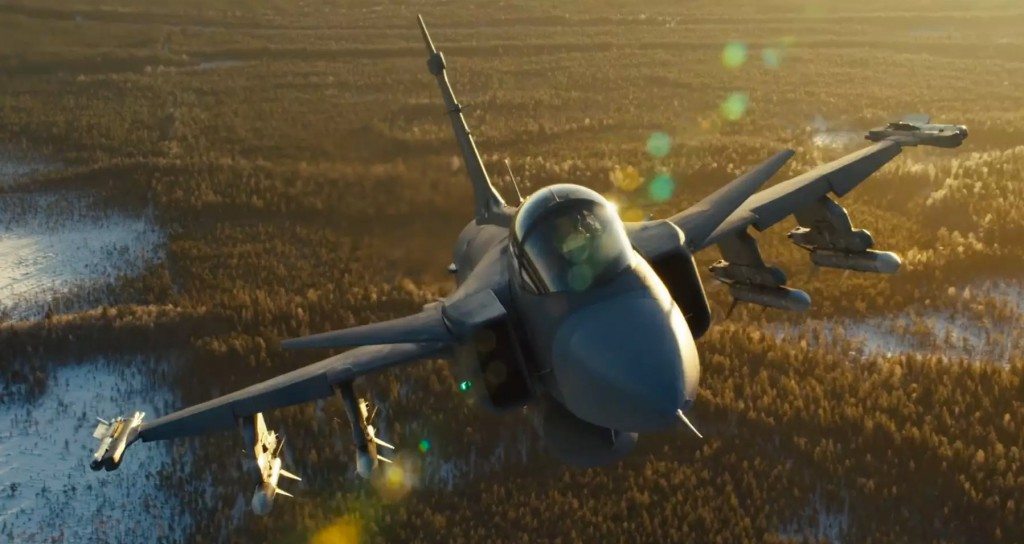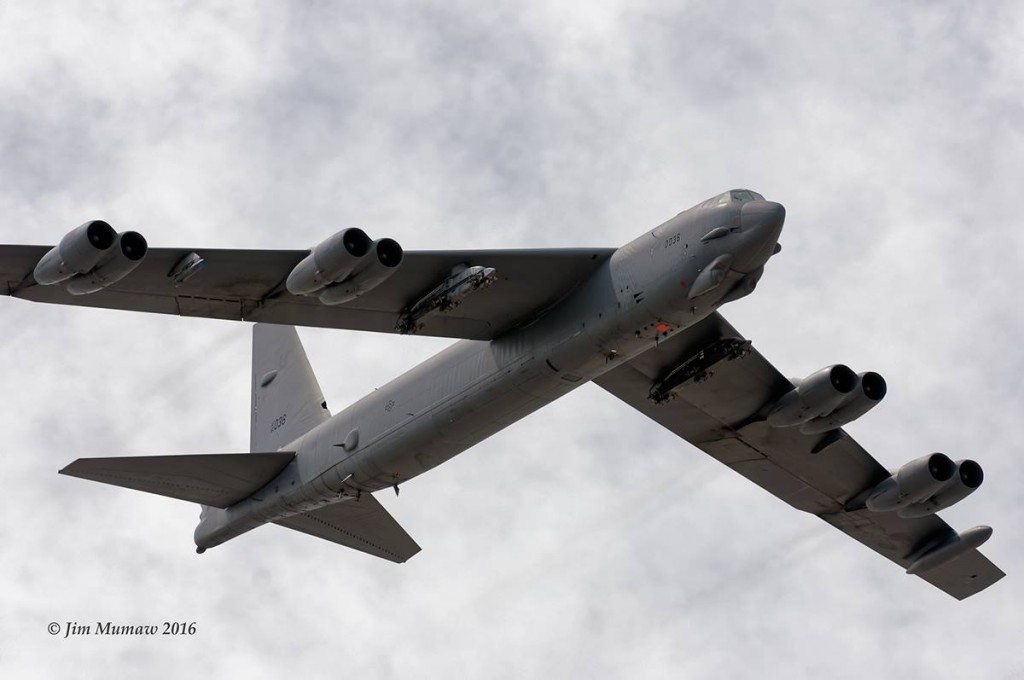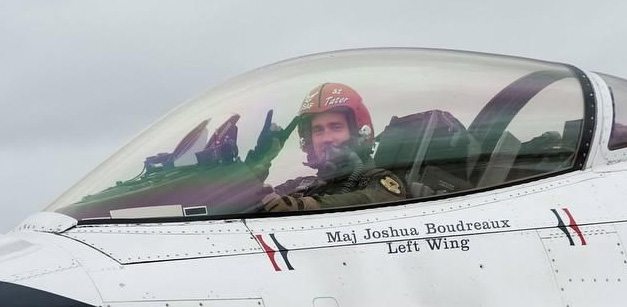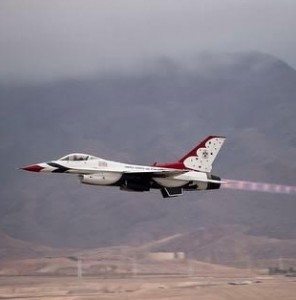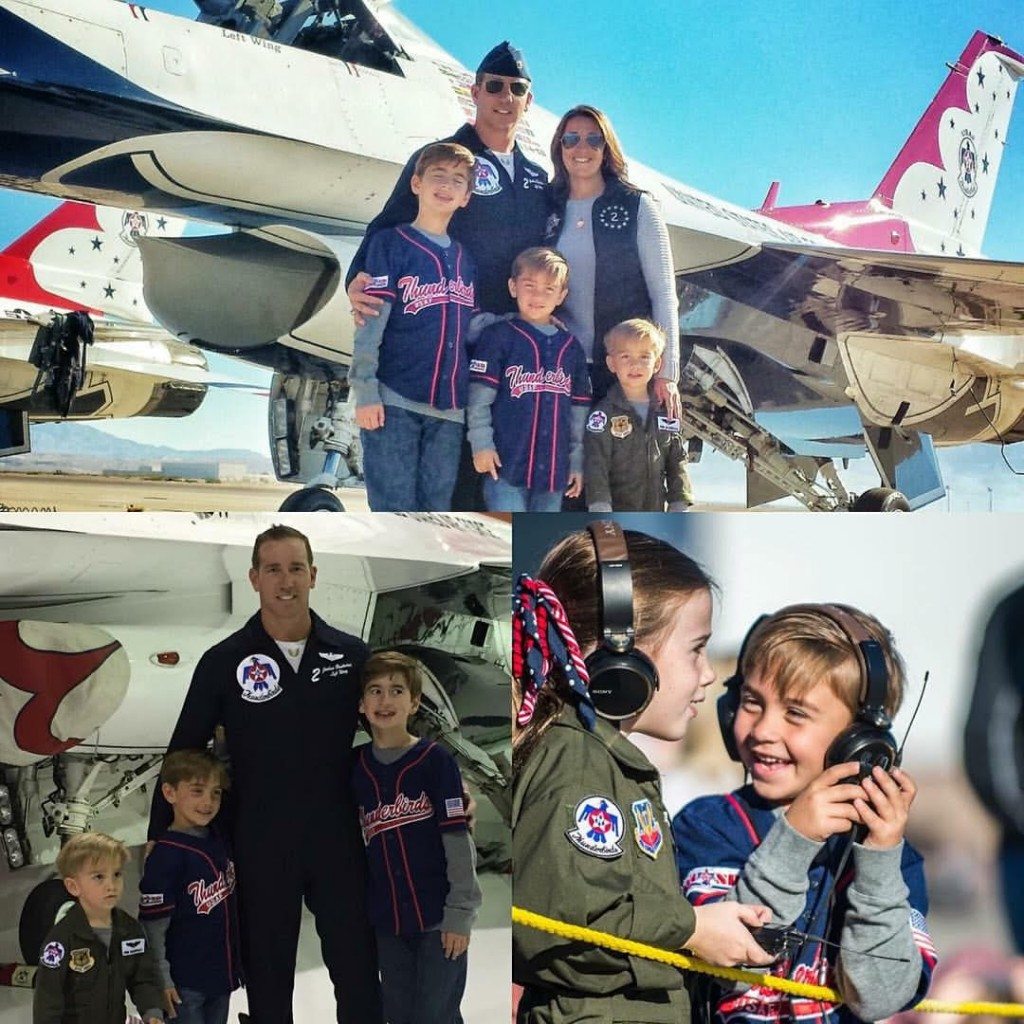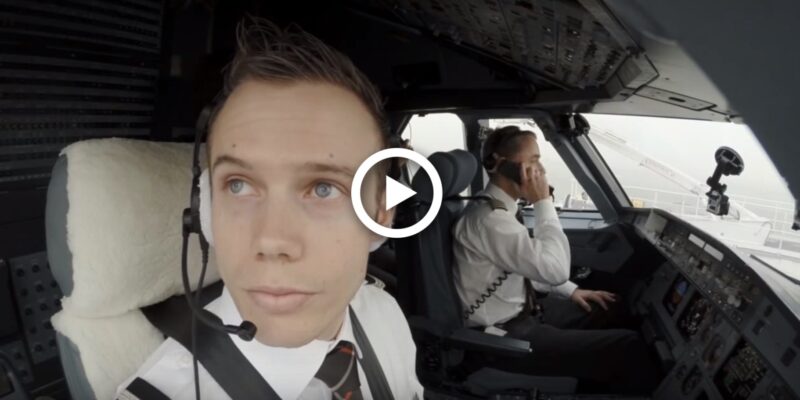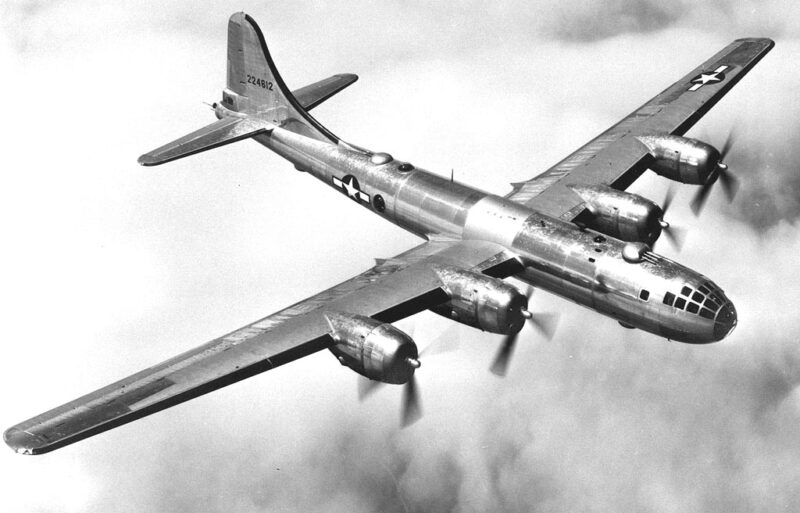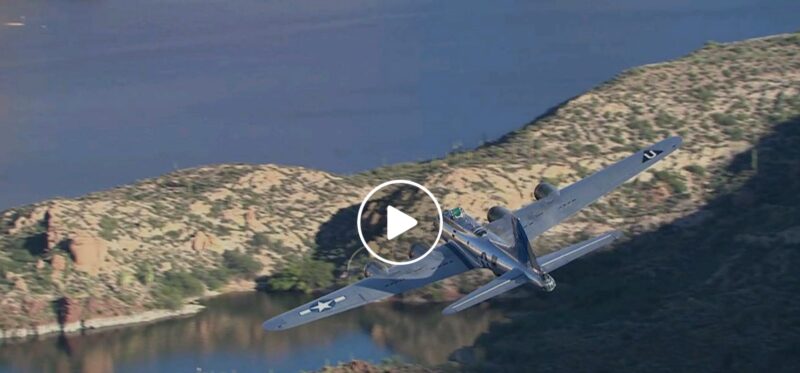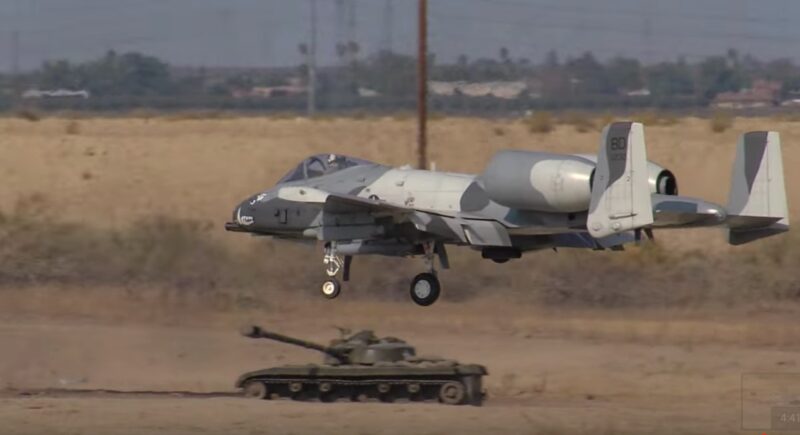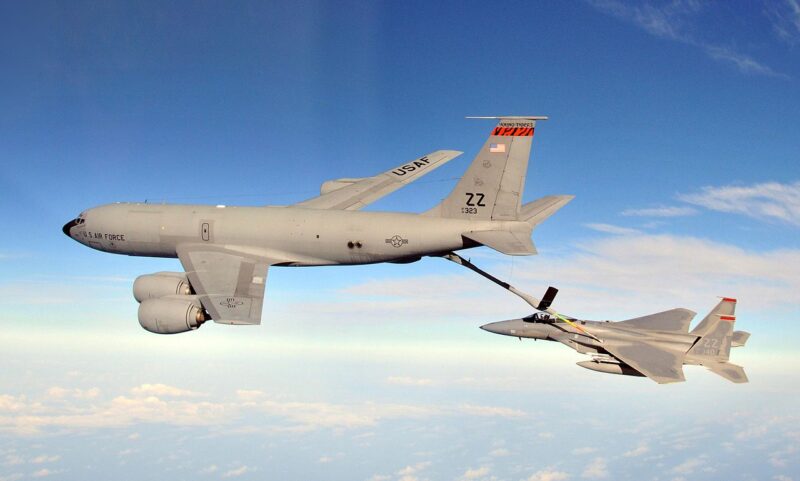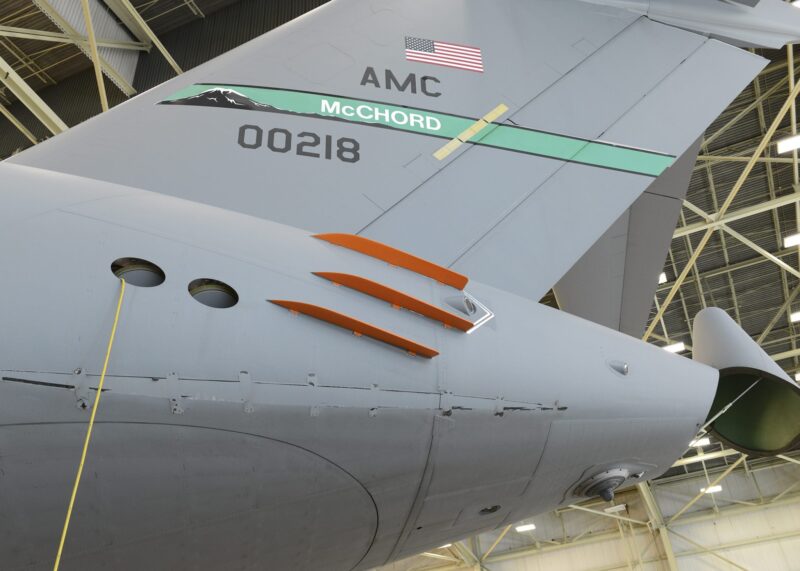
Behind the scenes of the Thunderbirds in this in-depth interview with T-bird and Air Force Academy alum Major Josh Boudreaux.
U.S. Air Force major Josh Boudreaux ended his time as a member of the Thunderbirds on Feb. 16. He’s now working at NORAD and flying F-16s with a promotion to Lt. Colonel looming.
The 35-year-old Boudreaux grew up in Covington, La., and started dreaming of becoming a pilot when he was 10. He attended the Air Force Academy, graduating in 2003 after majoring in Mechanical Engineering with a minor Math. He earned a Masters with ERAU. M.S. Management, Air Command and Staff School – Air University, Maxwell Air Force Base.
He spent time as an F-16 instructor pilot and has 3,600 hours of military jet time, 2,100 hours in the F-16 with 490 combat hours during seven deployments.
Major Boudreaux was gracious to take the time for this question and answer story with Avgeekery.com.
Question: When did you first fall in love with aviation and become an “avgeek”?
Boudreaux: I wanted to be a pilot since age 10 when my brother started flying. He joined the Air National Guard and introduced me to F-15s (he was a crew chief). He started flying single engine prop aircraft in college as he worked on a degree in aviation. I first flew with my Ear, Nose, and Throat physician when I was 12 and I was hooked. I applied to the Air Force Academy (as well as West Point, Annapolis, and a few other schools) after the end of my junior year of high school and got accepted to all of them by Christmas of my senior year.
I started ground school with my JROTC detachment at age 17 (while applying to colleges during the second half of my junior year). I started flying at the end of March 1999 and I soloed on my 18th birthday (17 days after I started flying and about 11 hours of flight time). I felt like I had started a little late, but most of my time prior to this was spent playing sports (I was co-captain of the wrestling team and a state finalists).
In retrospect, the extra years of maturity and time spent competing in athletics made me a better and more motivated student. I received my pilot’s license after 43 hours of flight time and three months of training.
Question: How challenging was it to get accepted into the Air Force Academy?
Boudreaux: I did not think getting into the Academy was extremely difficult, but you have to meet the expectations and standards (SAT/ACT, GPA, sports, physical conditioning, extra-curricular, leadership roles).
Knowing where the bar is and performing at or above that level is important and the preparation (grades, extra-curricular, essays, letters to Senators and recommendations) starts your freshman year of high school or earlier. I hear some high schoolers saying things like “I joined X club or volunteered for Y event because it would look good on my resume.”
I think that is the wrong approach. Potential candidates should be involved with certain groups or volunteer for certain activities because it’s the right thing to do or because they genuinely want to be part of something bigger than themselves. The experiences and lessons learned make you a well-rounded person and expose you to people and events that open your understanding and provides perspective.
Question: What were your experiences and challenges at the AFA?
Boudreaux: Staying at the Academy, especially the first two years, was much more difficult. You are given more work than you could ever accomplish in the time provided. You are forced to prioritize your tasks, time manage and ask others for help. Every day you fail at something and for the 1,300 studs that have rarely failed at anything, it is a big piece of humble pie.
You give up so many freedoms that your high school friends take for granted as they attend civilian colleges. Your individual identity is stripped and you are constantly being evaluated. Your limits are pushed every single day. People are quitting every week as the bar continues to rise and you question if you made the right decision. By the end of Basic Cadet Training you emerge better than you started and you have a huge boost in confidence, not just in yourself, but in your team/squadron. Then the tough part starts.
You spend the first six weeks just trying to make it to the next meal. Now you start a long road of Academics mixed with physical training and mental stress brought on by upperclassmen who are constantly correcting you or quizzing you on knowledge of the Air Force and history of the Academy. I could go on forever about the experiences and subsequent nightmares caused by the constant stressors, but to sum it up – in the end you become a better person who is extremely efficient with your time and very good at memorizing and retaining information (which pays huge dividends later in life at pilot training).
After the first year, the opportunities presented were amazing. I got to jump out of airplanes, fly gliders and small airplanes as well as jump in the back seat of an F-15 over summer break … twice. I was fortunate enough to get selected as a glider instructor pilot and a glider cross-country competition pilot. I originally was recruited to wrestle (more like allowed to be on the team), but after my first year I knew I had more potential as a pilot than a wrestler. Since everyone is on scholarship, it was an easy decision to leave the team and spend more time at the airfield (although I wish I could have done both).

Question: What are some of the core philosophies that they teach at the AFA that remain with you?
Boudreaux: Integrity, honesty, work ethic and being true to yourself and those that depend on you.
Do what is right, don’t care about who gets the credit … it all works out the way it is supposed to, eventually.
Although I did not know it at the time – surrounding yourself with great people. It is amazing how much you can accomplish and how much of a better person you become simply by associating with people that are better than you. I imagine the opposite is true as well. Think of those organizations where almost everyone there has a bad attitude or an excuse – those traits are learned and adopted. Conversely, at the Academy, cadets are always doing amazing things and lifting one another up or challenging each other.
Question: After graduation, you went to pilot training, what was the greatest challenge that you faced while going through flight school?
Boudreaux: I had a great time at Undergraduate Pilot training (UPT). The way to be a better student, was to be a great instructor to your classmates. If someone needed help, lend a hand and don’t be afraid to ask for help either. Everyone wants you to do well and finish, but there are only so many flights they can provide you with.
The majority of the learning had to occur outside the classroom. Chair flying and study sessions were critical. That’s when the training I received at the Academy paid off. Time management and task prioritization was a must. I had a great class, roommate and instructors that made it an incredible experience. You are having so much fun, you forget you constantly pull 12 hours a day at work and another four hours at home or at a buddy’s house studying and preparing for the next ride, test or check ride.
My married friends had a little more distraction at home, but typically did not have to make their own dinner, so we combined our strengths and I would lead some of the study sessions while their wives fed us. We took turns at different tasks. One guy made flash cards, while another summarized key points, numbers, etc. We constantly quizzed each other and even stopped by the houses of upperclassmen to gather lessons learned so we did not make the same mistakes.
Question: As a fighter pilot, can you explain the types of missions and deployments you’ve experienced?
Boudreaux: As an F-16 pilot, we are the jack of all trades. The jet is extremely capable and so must the pilot be. Offensive counter-air, defensive counter-air, Air Interdiction, Close Air Support, Suppression of Enemy Air Defenses, Destruction of Enemy Air Defenses, Maritime Support, Non-traditional ISR, Armed over watch, Air Combat Patrols (protecting the POTUS and homeland) and of course the building block or part-task training of BFM, ACM , TI, BSA.
We can fight our way in, drop ordnance, and fight our way out. One pilot, but typically a 4-ship or 8-ship working in concert with a larger package of aircraft and ground/space/cyber support.
We deploy frequently six months at a time with a four-onth spin-up, but we must be ready to fight at any time.
Question: You became a pilot in the Thunderbirds, the Air Force’s demonstration unit. What was that process like?
Boudreaux: It is an application process with an interview and three different cuts. You start with about 30 to 40 qualified individuals and end up with three after three rounds of separate reviews and interviews.
If you get to the second step, you already have demonstrated the skills to fly the demo. The last interview round is more about you, how you interact with the current team and what you bring to the recruiting/retainment mission. (i.e. how you tell the Air Force story and communicate with people).
Also, understand that I am just talking about the process to become a demo pilot. While there are only six demo pilots and 12 Officers, there are 120 people on the team with over 30 different specialties. The process is slightly different, but the outcome is the same – getting the right person to do the job and represent the Air Force.
Question: How did you get the word that you had been selected?
Boudreaux: The officers on the current team all called me from the road (during a show weekend) and congratulated me. I was in Italy at home about to have dinner and they were in the States about to start their flight briefing.
Question: What’s been the best part about flying for the Thunderbirds?
Boudreaux: The people. I got to live and work with some of the greatest people in the world. It was ridiculous how efficient and effective the team was because we all worked towards the same mission. You never heard, “that’s not my job” or “I can’t do that.” If someone needed help, everyone around them jumped in to get it done. Each person’s job directly affected another.
Also, you had to start each day understanding that no matter what you had going on in your life or in your area, you will probably meet someone that will only have one interaction with someone from their military – you owe it to that person and to each of the 312,000 Airmen serving to be the best ambassador you can be.
When you put on that tight, fitted flight suit, it’s not about you…it’s about what you stand for and the people you represent.
Question: Those that have witnessed the Thunderbirds in action marvel at the tight formations and intricate maneuvers. How do you gain the confidence to fly like that?
Boudreaux: Practice and trust in one another. You don’t just walk out on the field and start hitting home runs or pick up a guitar and play “Stairway to Heaven.” You practice. You accept that you will suck at first, but always take the opportunity to learn and get better. Never accept anything less than absolute perfection. Although you may rarely or never achieve perfection, it should always be your goal.
Question: What’s your best memory of three years of flying for the Thunderbirds?
Boudreaux: The excitement of my family when I got home from a show (not because I was a Thunderbird, but because they got to spend one day out of the week with me). My wife and three boys are my biggest fans and I could not have gotten through all the time away from them without their support. Take nothing for granted.
Question: Is there a misconception the general public has about Thunderbird pilots?
Boudreaux: That we are prima-donnas. We are nothing special, just trying to do our best every day. Most of us would love to just walk around and see the air show, but are schedules are so jam packed and we are doing a lot of work behind the scenes to get the jets to various locations and perform the show with the utmost safety.
Question: The Thunderbirds fly the F-16 Viper, which has been in service for over 40 years – any thoughts on if it’s time for a change?
Boudreaux: No. The Viper is the best jet for a six aircraft show and you could not do it as efficiently and with the same effect with another fighter.
Question: What’s your advice for any youngsters who were like you and dreamed of becoming Air Force pilots or even just learning to fly?
Boudreaux: Do it. It starts with an idea and some motivation. No one is going to do it for you. Do not listen to people that say you can’t. I have heard all kinds of excuses and most of just trying to disguise the fear of failure. It is not for everyone, but if it is for you it is the best job in the world.



